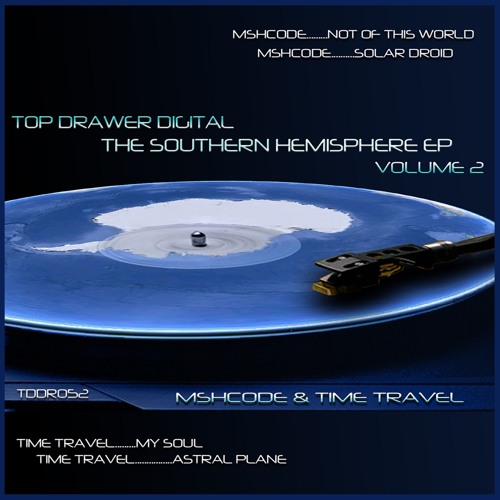

Sun-cast shadows turn anticlockwise throughout the day and sundials have the hours increasing in the anticlockwise direction. The Sun follows a right-to-left trajectory through the northern sky unlike the left-to-right motion of the Sun when seen from the Northern Hemisphere as it passes through the southern sky. In the Southern Hemisphere, the Sun passes from east to west through the north, although north of the Tropic of Capricorn the mean Sun can be directly overhead or due north at midday.

Īurora australis appearing from Stewart Island/Rakiura in the south of New Zealand. The differences are also attributed to oceanic heat transfer and differing extents of greenhouse trapping. This is because the Southern Hemisphere has significantly more ocean and much less land water heats up and cools down more slowly than land. Southern Hemisphere climates tend to be slightly milder than those at similar latitudes in the Northern Hemisphere, except in the Antarctic which is colder than the Arctic. The South Pole is in the centre of the southern hemispherical region. September 22 or 23 is the vernal equinox and March 20 or 21 is the autumnal equinox.

Owing to the tilt of Earth's rotation relative to the Sun and the ecliptic plane, summer is from December to February (inclusive) and winter is from June to August (inclusive). Its surface is 80.9% water, compared with 60.7% water in the case of the Northern Hemisphere, and it contains 32.7% of Earth's land.

one-third of Africa, and some islands off the continental mainland of Asia) and four oceans ( Indian Ocean, South Atlantic Ocean, South Pacific Ocean, and Southern Ocean), as well as New Zealand and most of the Pacific Islands in Oceania. It contains all or parts of five continents ( Antarctica, Australia, about 90% of South America, approx. The Southern Hemisphere is the half ( hemisphere) of Earth that is south of the Equator. The hemispheres appear to be unequal in this image because Antarctica is not shown. The Southern Hemisphere is highlighted in yellow.


 0 kommentar(er)
0 kommentar(er)
